Can’t swing a cat: Photo of new houses exposes Australia’s shameful failure
A photo shared to social media of a brand-new housing subdivision has sparked fury and prompted calls from experts for urgent change.
National
Don't miss out on the headlines from National. Followed categories will be added to My News.
Tens of thousands of new homes being built in urban sprawl corridors of Australia’s biggest cities are so cramped that you couldn’t actually swing a cat between them.
Generally speaking, mega housing estates on the fringes of our capitals are covered by planning rules that allow detached dwellings to be positioned just 90cm from the sides of the boundary.
The average length of an adult male’s arm is 63cm and the domestic feline is about 46cm from head to tail, so standing at the fence line, someone bringing to life the centuries-old ‘can’t swing a cat’ phrase wouldn’t clear a full rotation.
At the weekend, an image shared to social media of a new subdivision in The Ponds in Sydney’s west quickly went viral, sparking uproar about the types of modern homes the country is building.
Huge house, tiny block
The homes pictured are crammed in with small setbacks and street verges, tiny backyards and black roofs and driveways and there are no nearby public parks or open green spaces visible.
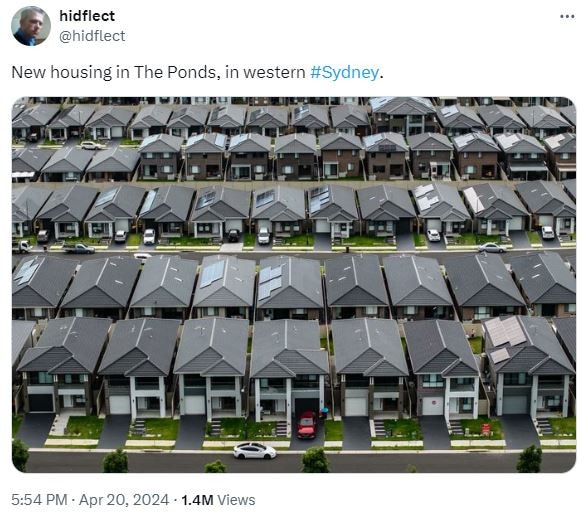
News.com.au located the dwellings pictured, located on the southern edge of The Ponds and developed by Sydney firm The Bathla Group.
They are mostly four-bedroom, three-bathroom properties boasting about 280 square metres of internal living space on 300 square-metre blocks.
In promotional materials, the company refers to outside spaces as courtyards, not backyards, and they measure six metres by nine metres.
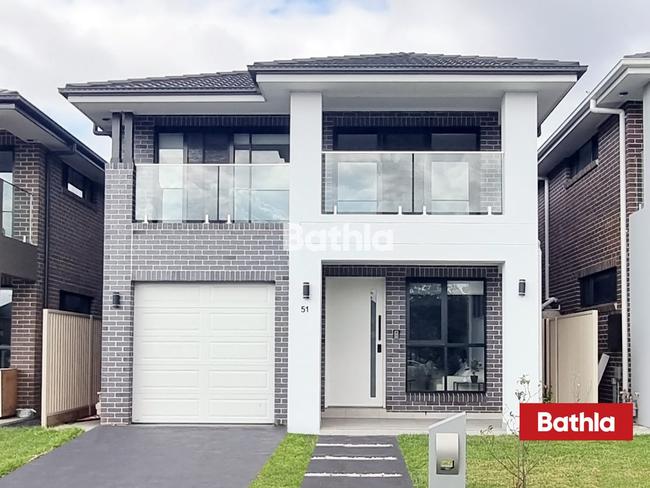

The post on X, formerly Twitter, reached 1.4 million users in two days and attracted a flurry of comments, ranging from shock to bemusement.
“That looks awful,” one wrote. “No front or back yards, no parks or green spaces in the neighbourhood? No pools or playgrounds? Packed in like sardines. No thank you!”
Another said: “The Ponds? More like The Pods.”
“If you sneeze out a side window, your neighbour will catch your cold,” another wrote.
But experts say a cold is the least of residents’ concerns, with a dramatically higher susceptibility to the natural world’s biggest killer.
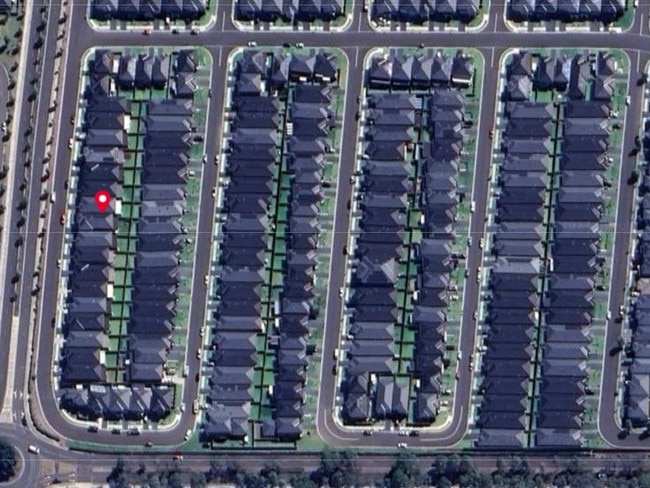
‘Sad and shameful’
Professor Sebastian Pfautsch is an urban planning and management expert at Western Sydney University and said the viral image made him “sad”.
“My area of research and advocacy is heat – the urban heat island effect of developments like these – and so I know well that the people in these suburbs are at very high risk of adverse health impacts,” Professor Pfautsch said.
“They will either have very high electricity bills from running air cons constantly to keep cool during extreme events or, if they don’t have the financial means to cool their homes, they’ll be at serious risk of illness.”
Heatwaves kill more people than any other extreme weather event, like bushfires and cyclones.
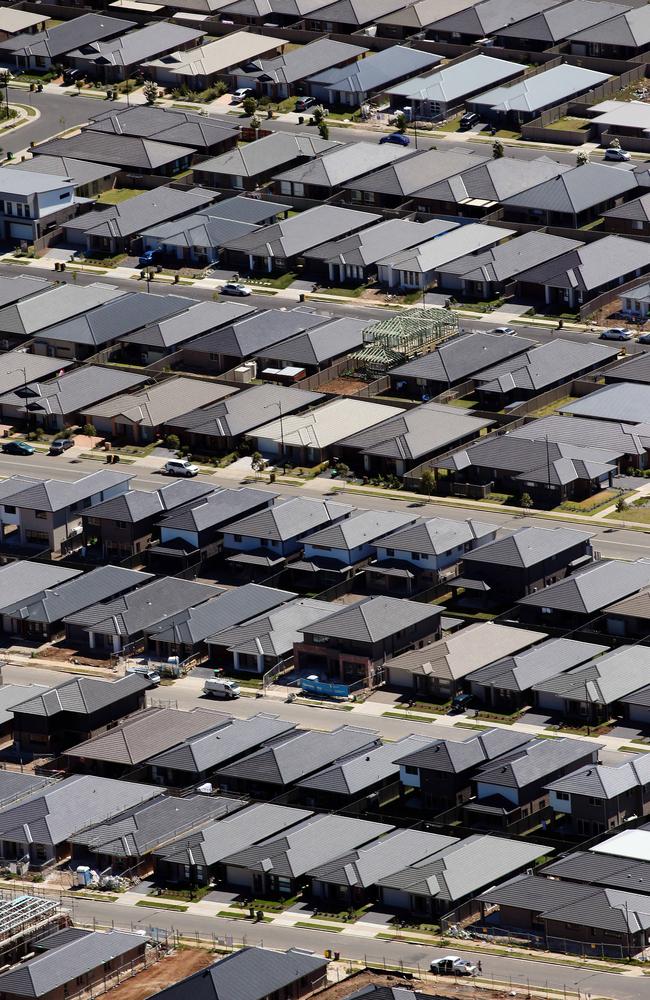
In many subdivisions in Sydney’s west, there’s very little or no greenery on verges and over footpaths, limited public green spaces, and virtually no backyard trees, he said.
If trees are present, they tend to be varieties that will never grow big enough to provide adequate shading because the patches of dirty they’re planted in are too small.
Climate modelling shows Western Sydney is set to experience significantly more extreme heat days over the coming decades, on top of a broader increase in average temperatures during summer, Professor Pfautsch said.
“We know that this part of Australia will get very, very hot. By about 2060, every day of summer in Western Sydney – every day in December, January and February – will likely be at or above 35C. That will become the standard.
“So, in these kinds of suburbs with black roofs and black driveways, minimal space between dwellings, no tree coverage … it’s going to be worse.”
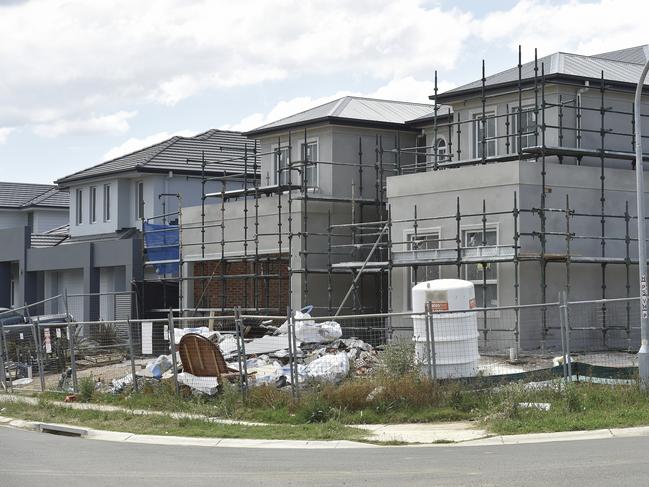
There are broader potential implications of these kinds of neighbourhoods, he said, like adverse social and economic outcomes.
“It’s incredibly irresponsible. This is probably the worst possible outcome when it comes to the delivery of housing. You tend to get poorly built houses squeezed together on small parcels of land.
“There’s no space, few playgrounds or parks, very limited amenities nearby. You have all kinds of issues when it comes to social isolation and physical and mental health. There are few [upsides].”
The new norm
Urban planner Samuel Austin, who has built a sizeable social media following for his videos about all things housing, said The Ponds is just one example of crammed housing.
“Drive to virtually anywhere in Western Sydney and you’ll be forgiven for thinking you’re in the same suburb,” Mr Austin said. “They all look identical to each other.”
It’s not just Sydney either, with other cities and even major regional centres that are struggling with growing populations and housing supply shortages seeing similar developments popping up.
“They’re not just unattractive,” Mr Austin said. “There’s a whole host of problems with this type of housing beyond just the design.”
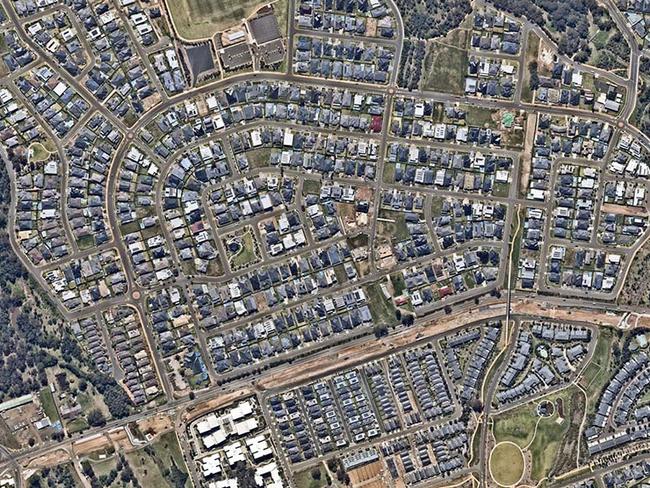
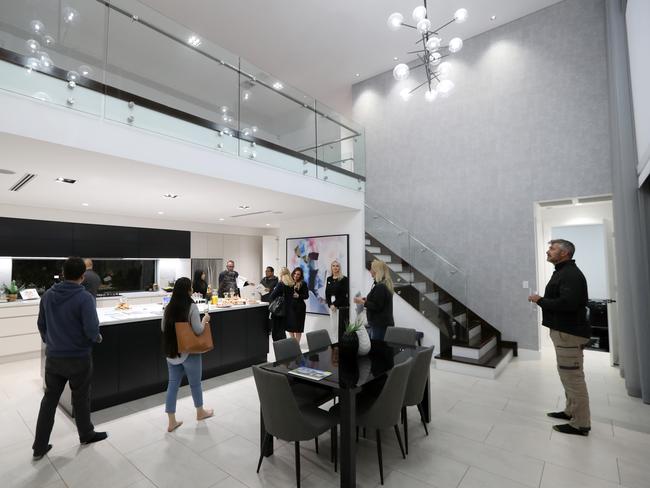
The biggest and most obvious is the lack of backyard or private open space, with very little beyond building, Mr Austin said.
“In many of these areas, you can get away with having just 10 or 15 per cent of the site being landscaped space, which is so tiny. Consider a property built 50 years ago would’ve had 30 to 40 per cent of the block being landscaped space.”
Professor Pfautsch said the fact these homes are entirely compliant, fitting perfectly the model set by governments in recent years, is “maddening”.
“In some areas, you can get away with even less. There are examples I’ve seen where houses are being built with no backyard at all. The back of the dwelling sits right on the fence.
“It’s total madness, but this is the format we’re pushing.”
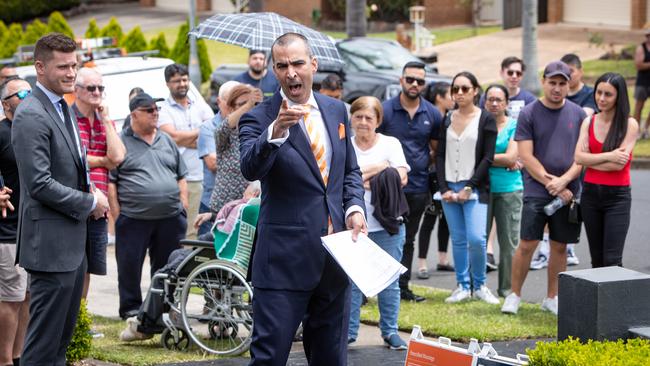
From dream to nightmare
Twenty years ago, most block sizes in emerging suburbs in what were then the outer stretches of major cities were about 600 square metres.
Averages these days hover between 400 square metres and 450 square metres, depending on the location, showing just how rapidly the Australian backyard has shrunk.
And the loss of space is confined to the outdoors, given the typical size of a newly built home hasn’t really budged in the past two decades.
Expectations of the so-called Great Australian Dream – a spacious stand-alone home – haven’t adjusted, nor kept pace with reality, Professor Pfautsch believes.
“The Great Australian Dream has become a complete nightmare. We’re locking ourselves into a way of life that will have social, economic and health consequences for at least the next half a century.”
Australia has some of the biggest new homes in the world – the biggest by some measures – but the space they’re crammed on continues to shrink.
Analysis by the Australian Bureau of Statistics in 2022 examined floor areas and site areas in the five major capitals over a 10-year period.
The average block size shrunk by 64 square metres in the decade to 2021, a reduction of 13 per cent, while the average size of a new home only fell by just three square metres, or one per cent.
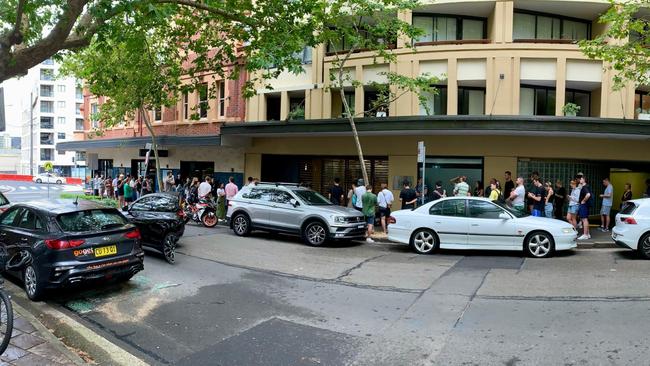
“The problem really is that most people want a detached house,” Mr Austin said.
“But we’re running out of space for them, so there’s limited available and so land costs have skyrocketed as a result. Developers need a 10 per cent to 20 per cent profit margin, so they have to make blocks smaller.”
Those expectations of the Great Australian Dream haven’t adjusted at all when reality has totally flipped, Professor Pfautsch believes.
“We know from Census data that the average household size in Western Sydney is 3.1 people. That’s a couple and a child, usually.
“Most of these houses are four or five bedrooms when really only two are occupied. We don’t need these massive houses.”
Wrong type of supply
The cost of providing infrastructure to new and rapidly growing suburbs that are further and further away from city centres is enormous, Mr Austin added.
“It costs twice as much to build infrastructure for these detached houses than it would to build the equivalent amount of bedrooms in, say, an apartment or a townhouse, within the city.”
Boosting the supply of new homes in a bid to relieve pressure on housing affordability is a top priority of governments across the country.
But Professor Pfautsch pointed out that these new dwellings are hardly affordable, with prices of comparable properties near those pictured in the viral image of The Ponds development in the $1.2 million to $1.4 million range.
The median house price in the suburb is currently sitting at $1.5 million, which has jumped by 3.4 per cent in the past 12 months.
Back in early 2019, the median in The Ponds was $982,500 – a staggering 65.5 per cent surge in five years.
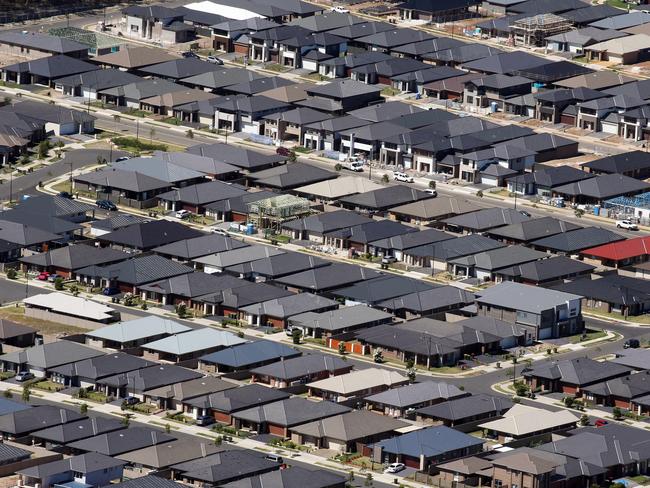
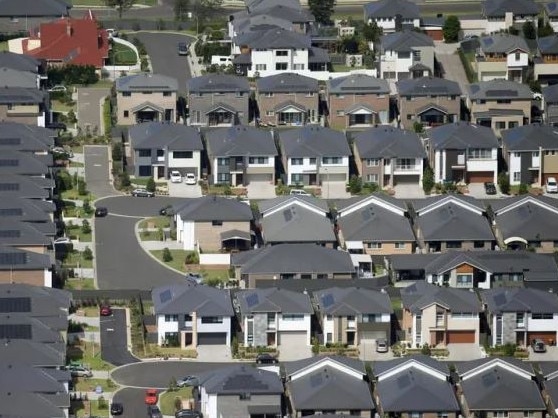
“These are also the wrong kind of homes to be building because they’re not what we need,” Professor Pfautsch said.
“The only smart density is vertical. We need to build up. And I’m not talking about skyscrapers, but inner-city infill developments of five or six storeys.”
Mr Austin said initiatives like the New South Wales Government's planning reforms surrounding transport-oriented developments are a big step in the right direction.
“But we need to move away from this style of urban sprawl and this [type of] housing design. Densification of our existing urban areas is the core solution to the housing crisis.”
Bathla was approached for comment for this story.
Originally published as Can’t swing a cat: Photo of new houses exposes Australia’s shameful failure



